Albert, in northern France, is a small town with a big reputation, thanks to its remarkable gilded sculpture ‘The Golden Virgin.’ This important statue is a golden masterpiece, portraying the Virgin Mary presenting the Christ Child towards the heavens. More than just a work of art; it is a symbol of hope and resilience, with a history deeply intertwined with the trials of World War I. The starting point for any tour of the Somme Battlefields, Albert saw some of the hottest action on the Western front through the Great War. The town’s impressive Basilique Notre-Dame de Brebières made for an excellent observation post for whoever occupied it. It is on top of the basilica’s striking tower that the iconic ‘Golden Virgin’ statue stands.
The Birth of The Golden Virgin
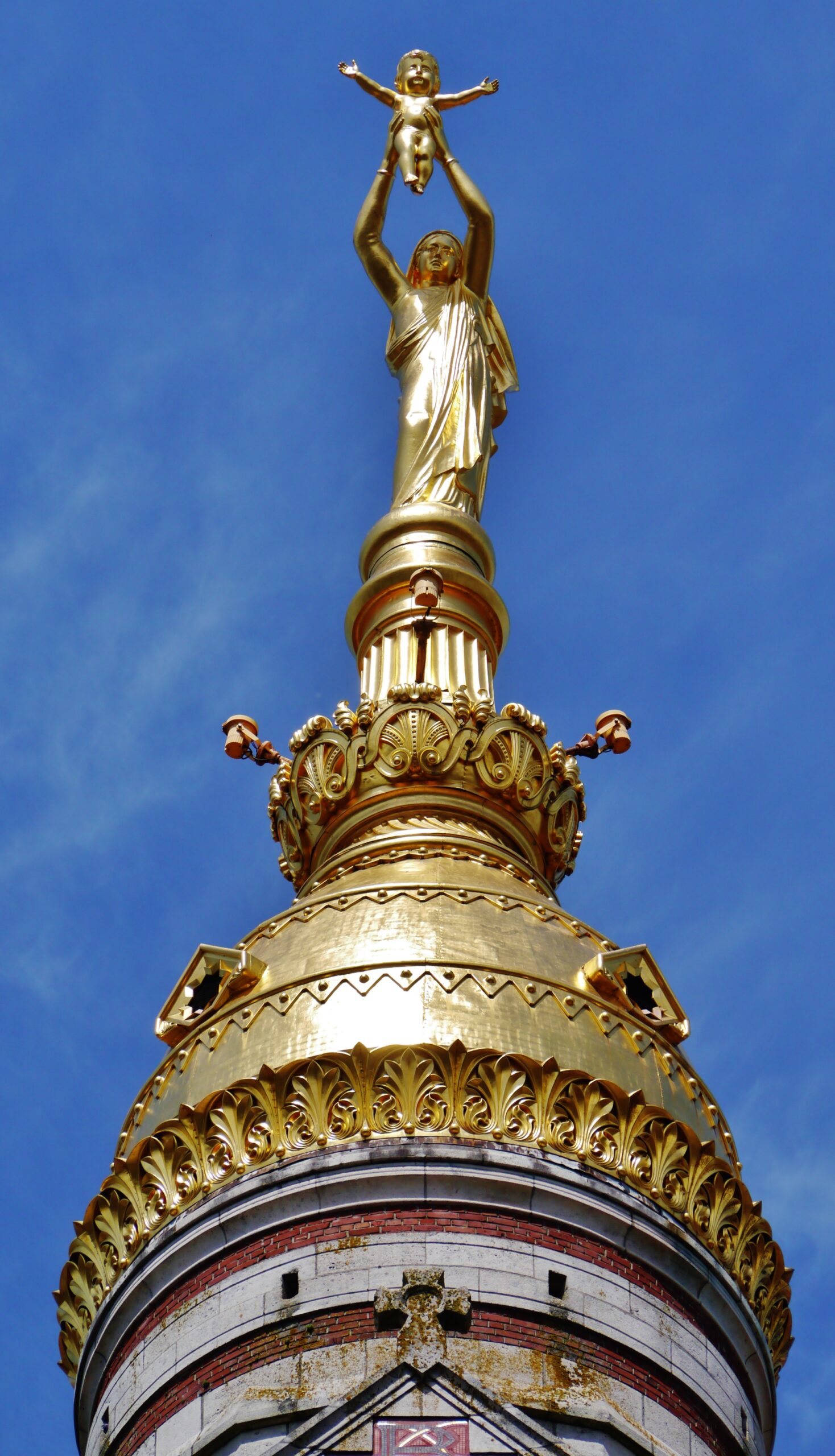 Zairon, CC BY-SA 4.0, via Wikimedia Commons
Zairon, CC BY-SA 4.0, via Wikimedia Commons
The Golden Virgin is also known affectionately as ‘The Leaning Virgin.’ She was designed by the sculptor Albert Roze and placed atop the Basilique Notre-Dame de Brebières on the building’s completion in 1897. Covered with 40,000 sheets of gold leaf and standing at a height of 5 meters (16 feet), this important statue is an impressive sight. The basilica and statue became an increasingly popular pilgrimage site, even capturing the attention of Pope Leo XIII. He visited the site in 1898 and christened the Basilica as the ‘Lourdes of the North.’
The Legend of the Leaning Virgin
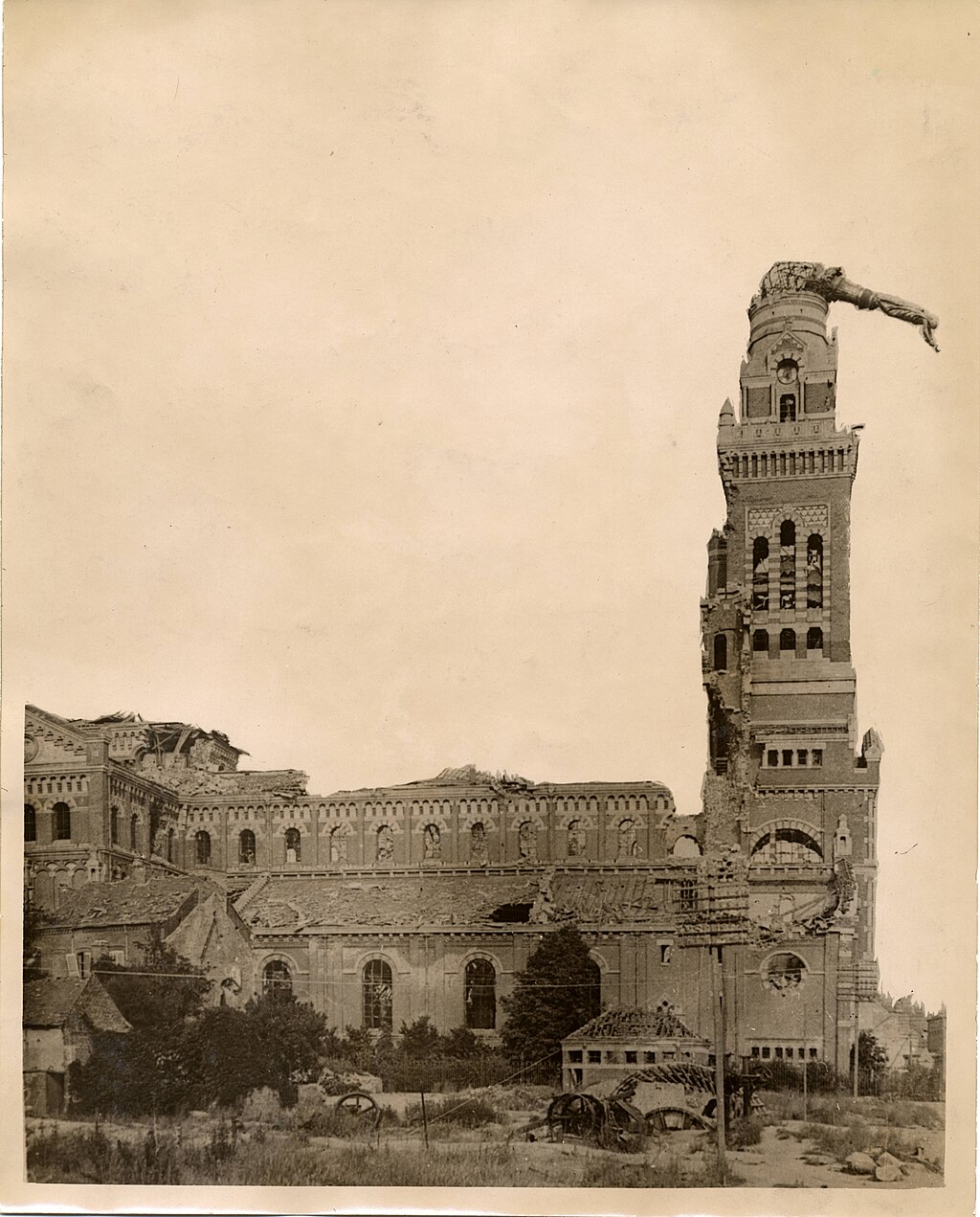
In 1914, as World War I engulfed the world, the Basilica and The Golden Virgin found themselves amid a conflict that would leave a lasting mark on history. During the early days of the war, German forces suspected the basilica’s bell tower housed a French observation post. They had shelled the dome, slightly dislodging the statue. However, on January 15, 1915, when the Battle of the Somme was raging, the sculpture was struck by artillery fire. It was left leaning precariously just below the horizontal. Such a sight was too heavenly connected for passing soldiers to ignore, and the Legend of the Leaning Virgin and this important statue was born.
A symbol of hope
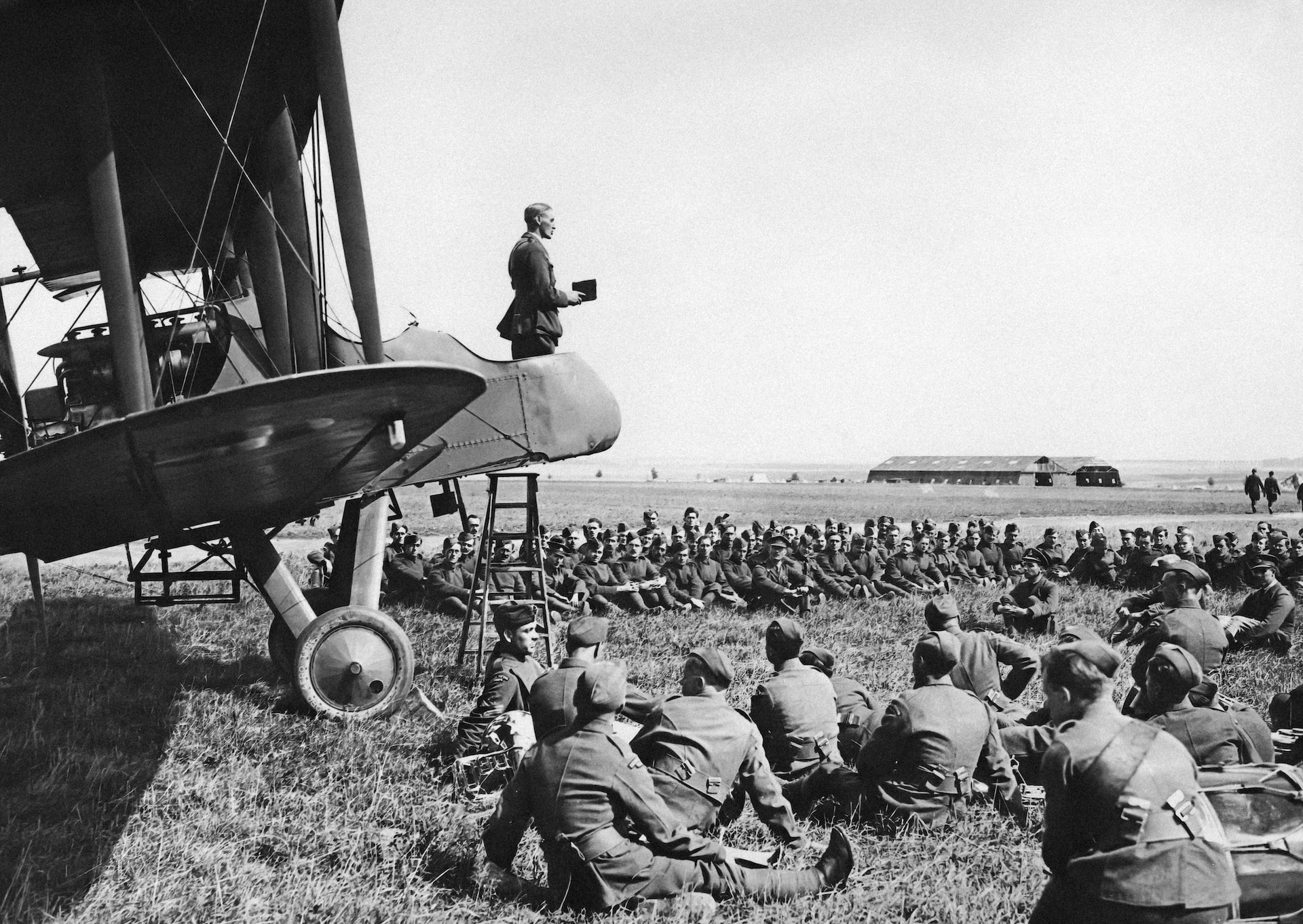
Toppled by the British in 1918
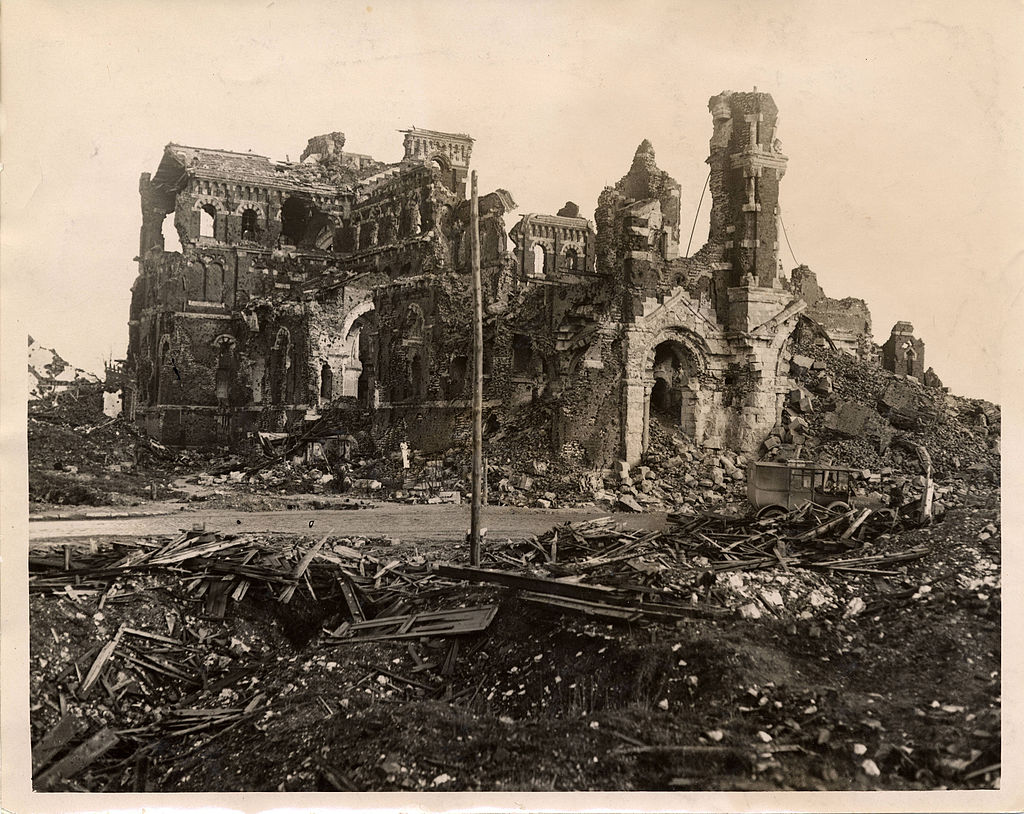
Shored up by French engineers, the statue remained hanging until March 1918. German troops occupied the town of Albert and held the tactical position in the Cathedral tower. Though there are many differing reports of why, the British shelled the Basilica and The Golden Virgin was toppled, never to be recovered. World War I then ended on 11 November 1918. The residents of Albert contemplated placing the sculpture back in its wartime pose but ultimately decided to restore it to its original standing position. The Golden Virgin was recast in 1929 and reinstated atop the bell tower during the Basilica’s reconstruction.
Over a century later, The Golden Virgin remains a symbol of the triumph of good over evil. Her remarkable journey through war and its enduring legacy still touches the hearts of those who encounter it today.
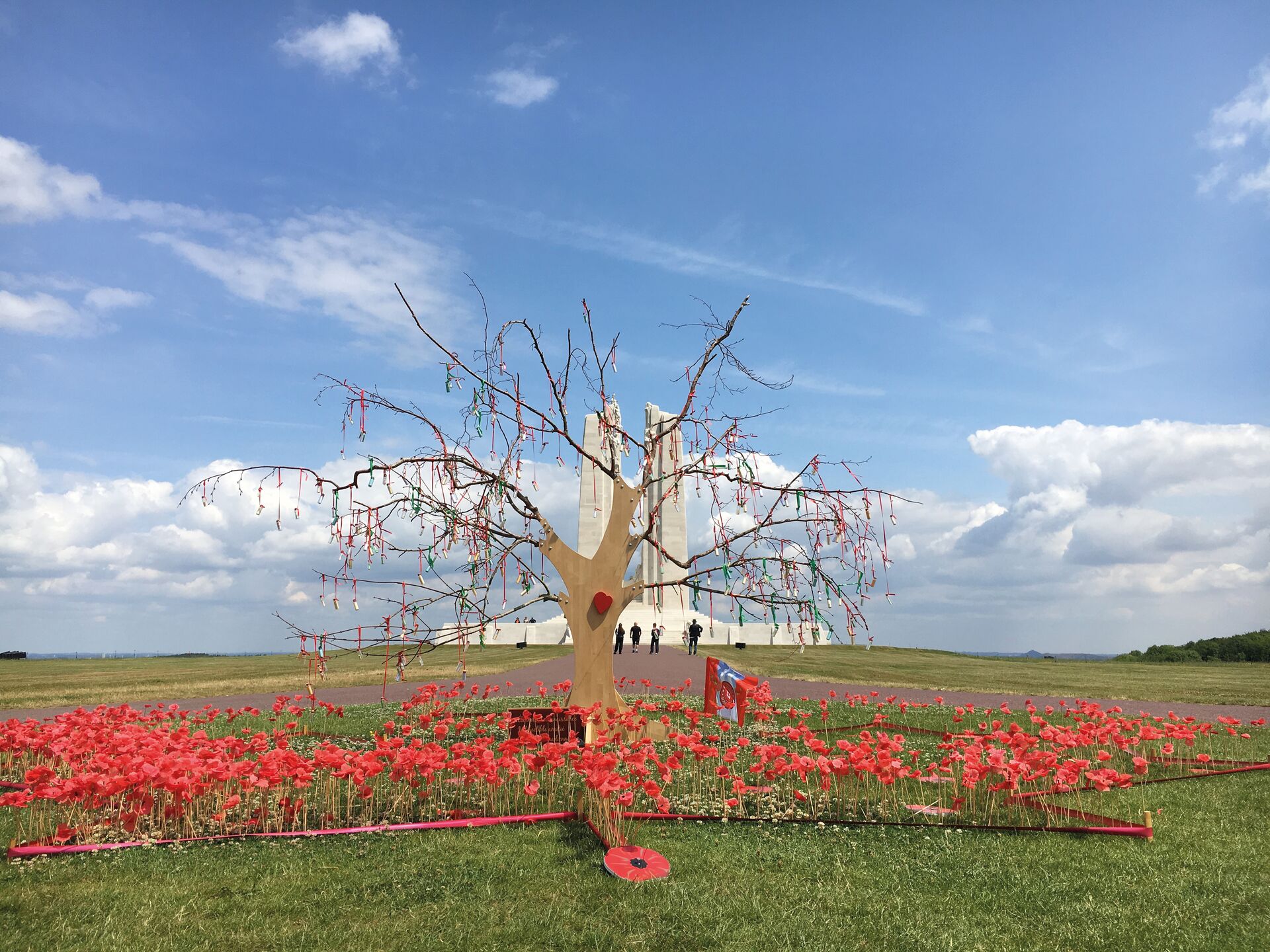










Admin - 2 years ago
You’re so welcome Jeanette!